Commentary: Police use of military tools presents a growing danger
Published in Op Eds
The White House recently issued an executive order titled “Strengthening and Unleashing America’s Law Enforcement to Pursue Criminals and Protect Innocent Citizens.”
Claiming that local leaders “demonize” law enforcement and shackle it with “political handcuffs,” the order directs resources toward expanded police training, higher pay, and increased prison security and capacity. It also instructs the attorney general, secretary of Defense, and secretary of Homeland Security to “increase the provision of excess military and national security assets in local jurisdictions to assist State and local law enforcement.”
While this may sound reasonable, extending military equipment and tactics to civilian policing may do more harm than good. Most critically, it would further blur the line between police and military — two institutions designed for fundamentally different purposes.
Since the nation’s founding, laws have aimed to separate the roles of police and military. The police are civilian peacekeepers. They are expected to protect the rights of all individuals they encounter — victims and suspects alike — and to use force only as a last resort.
The military, in contrast, is trained for war: to engage and destroy enemies. Proactive, often violent engagement with enemy combatants is part of the job.
I’ve written elsewhere about how this separation has eroded over time, largely because of U.S. foreign policy efforts such as the war on drugs and the war on terror. The tools and tactics developed for campaigns abroad inevitably find their way home. What begins with foreign targets ends up being applied domestically — turning American citizens into targets. These “ enemies” are often vaguely defined or not identifiable at all.
Consequently, local police have been recast as front-line warriors. Given this shift, they have adopted the tools and strategies of war.
It is not difficult to find clear examples. Consider the development of Special Weapons and Tactics, or SWAT, teams. Originating in the Los Angeles Police Department, SWAT units were modeled after elite military units used in Vietnam. By 1982, roughly 60% of U.S. police departments had SWAT teams. Just a decade later, nearly 90% did, with an estimated 50,000 to 80,000 SWAT deployments annually. Many have resulted in botched raids, injury or death to civilians and officers, and the destruction of property.
It’s not just tactics — it’s gear too. In 1981, Congress passed the Military Cooperation With Law Enforcement Act, allowing the Department of Defense to share intelligence with and advise local police. It also permitted the transfer of military equipment to local agencies to enforce drug, customs and immigration laws. The Pentagon approved roughly 10,000 requests within three years.
In 1990, Congress expanded these efforts with the 1208 Program, later replaced in 1997 by the 1033 Program. This program continues to funnel military-grade equipment to local agencies. Thousands of departments have received items ranging from armored vehicles to assault rifles to bayonets.
A critical flaw in the 1033 Program is its “ use it or lose it” provision: Agencies must use the equipment or return it. This creates a dangerous incentive to deploy military-grade gear even when unnecessary.
Oversight is minimal. Take the use of cell-site simulators, or “ Stingrays,” which mimic cell towers to extract identifying data from nearby phones. Initially used by the military to track foreign terrorists, the devices are now used by local law enforcement to monitor domestic suspects. These tools don’t just collect data from suspects — they sweep up information from anyone in the vicinity, generating obvious concerns regarding the 4th Amendment’s ban on unreasonable searches.
Worse, local agencies often sign nondisclosure agreements with federal agencies, shielding their use of this technology from public scrutiny. As a result, there’s little transparency regarding how these devices are deployed — or against whom.
Beyond tactics and technology, military influence has also shaped police culture. Officers now routinely describe their beats as “battlefields.” Many departments promote the “warrior mindset,” teaching officers to view themselves as combatants rather than community servants.
We all want safe communities. But this executive order is not the path to achieving them. Instead, it promises more of the same: continued erosion of the civilian character of policing and a steady march toward militarized law enforcement.
_____
Abigail R. Hall, a senior fellow at the Independent Institute in Oakland and an associate professor of economics at the University of Tampa, is a co-author of “How to Run Wars: A Confidential Playbook for the National Security Elite.”
_____
©2025 Los Angeles Times. Visit at latimes.com. Distributed by Tribune Content Agency, LLC.



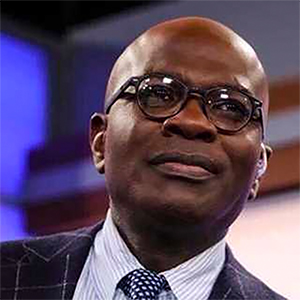



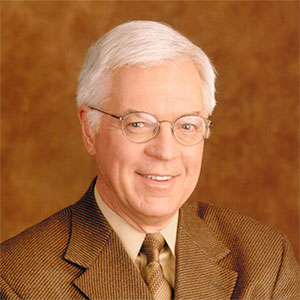

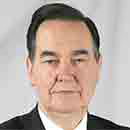

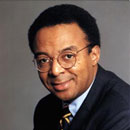











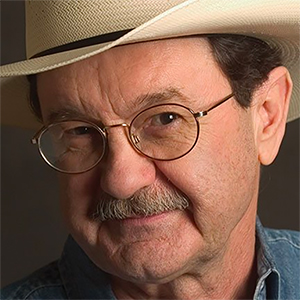

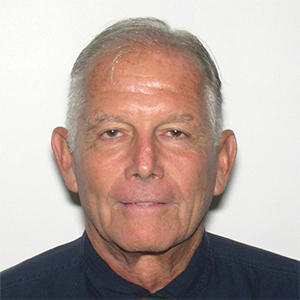



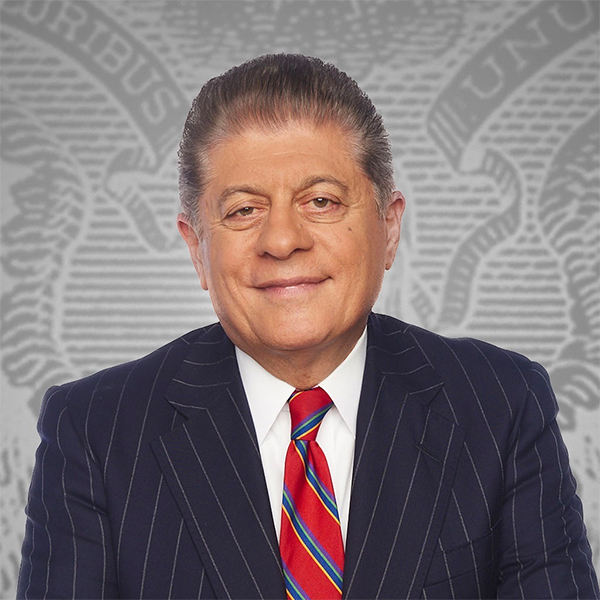


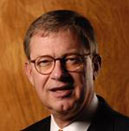

















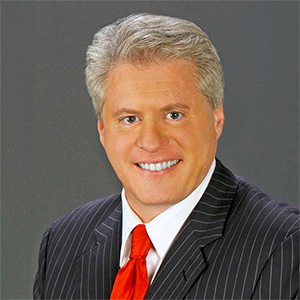
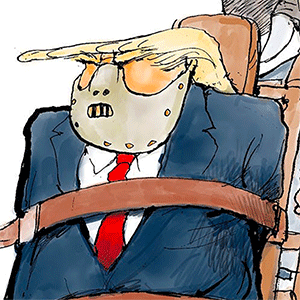

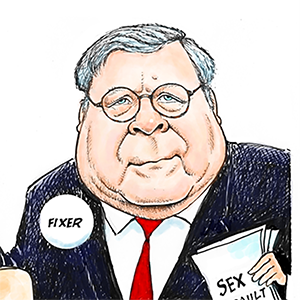



Comments